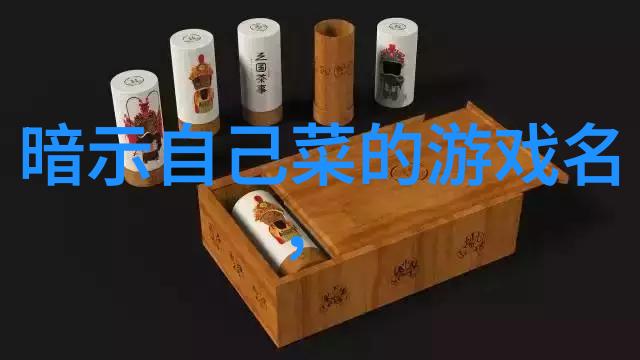您现在的位置是: 首页 - 游戏网名 - 橡胶弹簧在现代机械设计中的应用与发展研究 游戏网名
橡胶弹簧在现代机械设计中的应用与发展研究
2025-05-07 【游戏网名】 0人已围观
简介一、橡胶弹簧概述 橡胶弹簧作为一种特殊的弹性元件,通过其独特的材料属性和结构特点,在现代机械设计中发挥着重要作用。它以其良好的吸震性能、高耐久性以及适应多种工作条件的能力,被广泛应用于工业自动化、汽车制造、航空航天等领域。 二、橡胶弹簧材料选择与加工工艺 为了确保橡胶弹簧能够满足各类机械设备对性能的要求,通常需要根据不同的应用场景选择合适的橡胶材料。常用的有硅烯丙(NBR)
一、橡胶弹簧概述

橡胶弹簧作为一种特殊的弹性元件,通过其独特的材料属性和结构特点,在现代机械设计中发挥着重要作用。它以其良好的吸震性能、高耐久性以及适应多种工作条件的能力,被广泛应用于工业自动化、汽车制造、航空航天等领域。
二、橡胶弹簧材料选择与加工工艺

为了确保橡胶弹簧能够满足各类机械设备对性能的要求,通常需要根据不同的应用场景选择合适的橡胶材料。常用的有硅烯丙(NBR)、氟龙(FKM)和氨基甲酸乙酯(AEM)等不同类型的高性能塑料。在加工过程中,精确控制模具温度和压力,以及采用高效率成型技术,对提高产品质量至关重要。
三、橡 Rubber Spring in Modern Mechanical Design - A Review of Applications and Development

Design Principle and Structural Characteristics
The design principle of rubber springs is based on the elastic deformation properties of rubber materials. By carefully selecting the material composition, cross-linking density, and curing conditions, rubber springs can be designed to provide a wide range of stiffness levels. The structural characteristics of rubber springs include their compact size, light weight, and ability to withstand high temperatures.

Application in Industrial Automation
Rubber springs have been widely used in industrial automation systems due to their excellent vibration isolation properties. They are often used as mounts for machinery components such as motors, pumps, and compressors. The use of rubber springs helps reduce noise levels and vibrations caused by mechanical operation.

Application in Automotive Industry
In the automotive industry, rubber springs are used extensively in suspension systems to improve vehicle ride comfort and handling stability. Their ability to absorb shock waves effectively makes them an ideal choice for this application.
Application in Aerospace Engineering
Rubber springs have also been adopted in aerospace engineering due to their high resistance to extreme temperature fluctuations. They are used as isolators for sensitive equipment such as gyroscopes or accelerometers that require precise control over temperature variations.
Development Trends
Future development trends indicate a shift towards more advanced materials with improved durability and performance capabilities. Researchers are exploring new formulations that combine different types of elastomers with additives like silica or carbon black for enhanced mechanical strength.
Moreover,
the trend towards miniaturization will continue with advancements in manufacturing technology allowing smaller-sized rubbersprings with higher precision.
Additionally,
there is a growing interest towards bio-based polymers which could offer sustainable alternatives for traditional synthetic rubberspring materials.
Conclusion:
In conclusion,
rubber spring has emerged as a versatile component playing significant roles across various industries.
Its unique combination of elasticity,
lightweight,
and adaptability make it an indispensable element within modern mechanical designs.
As research continues into new materials compositions,
manufacturing techniques advance toward greater precision,
and sustainability becomes increasingly important factor driving innovation; we can expect further developments that will enhance the effectiveness while reducing environmental impact from these remarkable components known as rubbersprings






